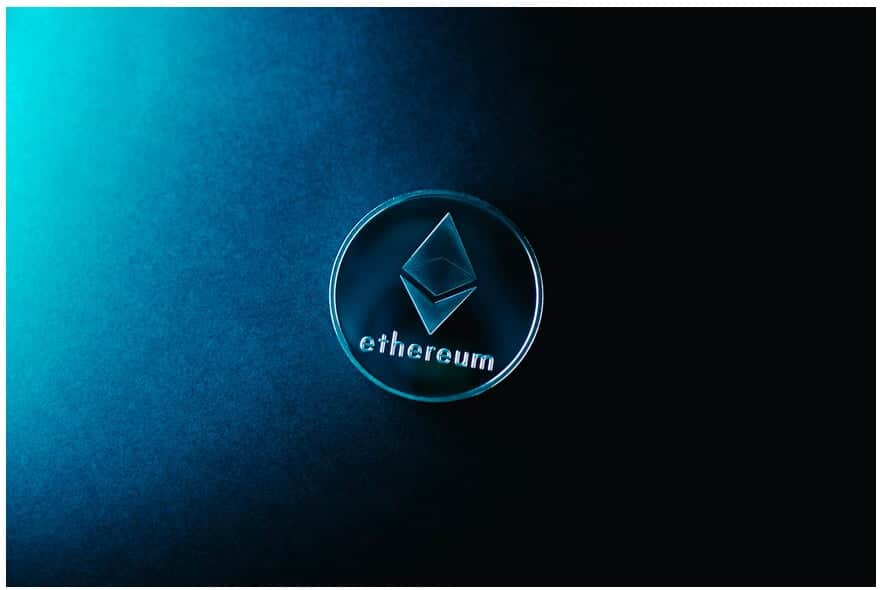
- A poll by one Ethereum researcher has proven that an overwhelming majority of developers are in support of migrating to proof-of-stake in 2021.
- This follows growing sentiment within the Ethereum community that the blockchain network should prioritize merging the Eth1 mainnet and Beacon chain before implementing sharding.
A proof-of-stake consensus mechanism could be coming to Ethereum this year. According to a recent poll by one Ethereum developer, an overwhelming majority of the community is in full support of implementing PoS this year. This follows recent events such as a heated dispute with Ethereum miners that have made the developers to advocate for a faster migration.
Justin Drake, an Ethereum 2.0 (Eth2) researcher revealed the poll on Twitter recently. He had polled some of the key Ethereum researchers, developers and clients. They included founder Vitalik Buterin, one of those fully in support of migrating to PoS and other key figures such as Tim Beiko, Lakshman Sankar, Dankrad Feist, Danny Ryan and Georgios Konstantopoulos.
As per the poll, 86% of the developers and researchers strongly agree that it’s desirable to migrate to PoS in 2021. 9% ‘lean agree’ to the migration. However, as Drake revealed, some key Eth1 researchers had yet to cast their votes at the time he revealed the results.
early polling suggests possible support for a 2021 minimum viable merge target
the merge comes after EIP-1559, itself slated for the London hardfork in July/August
"minimum viable" means no transfers, no withdrawals, no statelessness, no major EVM change pic.twitter.com/CzhSSKnT0r
— Justin Ðrake ?? (@drakefjustin) April 5, 2021
The survey polled the researchers on a “safe minimum viable merge” in 2021. This would mean the stakers would be unable to transfer or withdraw their Ether and there would be no changes yet to the Ethereum Virtual Machine.
The proof-of-stake era is here
Ethereum has been on a journey towards implementing Eth2 for a while now. Last year, the developers released a roadmap on the migration, revealing that it would start with the launch of the Beacon Chain. In Phase 1, the developers would introduce sharding, allowing the network to spread the traffic onto smaller chains (shards) and as a result, scale. Phase 1.5 would then follow in which the original proof-of-work Ethereum blockchain would merge with the new PoS Beacon chain.
However, in light of recent events, Ethereum developers have advocated for skipping Phase 1 and starting with the merge first. One of the key reasons for fast-tracking the migration is a dispute between the miners and the developers on EIP-1559.
As CNF reported, miners weren’t all too happy with this EIP. They intended on staging a protest that would put the Ethereum network into one of its biggest tests yet. However, the miners have since then abandoned the idea.
While the dispute between the miners and developers was quelled, the latter has been working to ensure it never happens again. A faster migration into PoS is one of the strategies they are applying to ensure this. A proposal by Vitalik in early March laid out how the network can fast-track the merge with the Beacon chain and work on sharding later.
Subscribe to our daily newsletter!
No spam, no lies, only insights. You can unsubscribe at any time.
Ultrasound money
The migration into a PoS chain will come after the London hard fork in July, which will introduce the controversial EIP-1559. This proposal will greatly benefit the Ethereum ecosystem, making Ether a deflationary currency.
Vitalik commented in a recent podcast, stating, “And so the joke that I would sometimes make is, if Bitcoin knows if fixed supply is sound money, then if you have a decreasing supply, does that make us some ultrasound money?”




